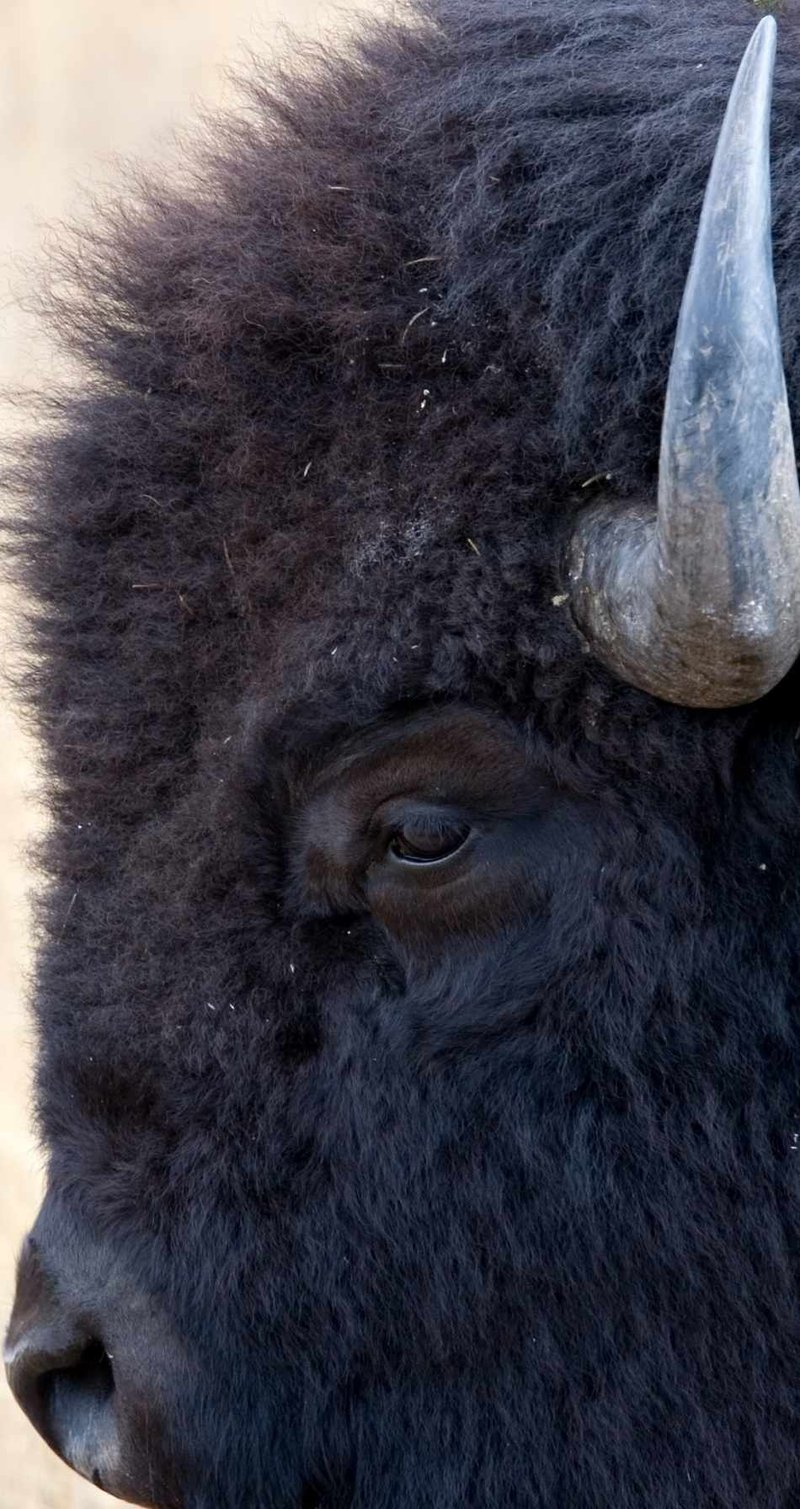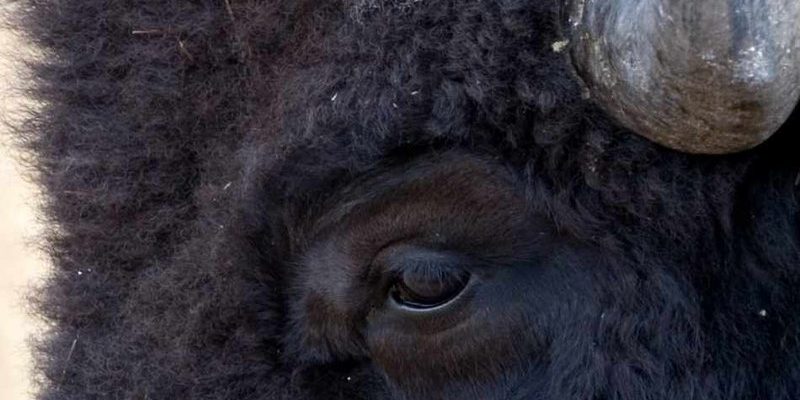
Buffalo are not just big, furry beasts; they play a crucial role in their ecosystems and have fascinating behaviors that are worth exploring. Imagine sitting down over a cup of coffee and chatting about these iconic animals—by the end, you won’t just see buffalo; you’ll understand them. So, let’s explore some of their amazing characteristics that make them truly special.
1. Buffalo vs. Bison: What’s the Difference?
You might be surprised to learn that the term “buffalo” is often used to refer to a few different species, while the term “bison” is more accurate when talking about the native North American animals. Despite this, many people, including myself, still call them buffalo.
True buffalo mainly include the African buffalo and the water buffalo found in Asia. In contrast, the American bison is what most people envision when they think of buffalo. Their appearance can vary greatly. While the American bison has a massive hump on its back and shaggy fur, the water buffalo has a smoother coat and is often used for farming in some Asian countries.
Confusing, right? Here’s the thing: it’s important to use the correct terminology to understand better their unique habitats and behaviors. By knowing the difference, you can appreciate the variety of species out there!
2. Buffalo Are Considered “Keystone Species”
What’s a keystone species, you ask? It’s an animal that has a disproportionately large effect on its environment relative to its abundance. Buffalo play a vital role in maintaining the grasslands they inhabit.
As they graze, buffalo help control the growth of grasses, promoting biodiversity by allowing other plant species to flourish. Their movement patterns also create wallows—shallow depressions in the ground where they roll around. These wallows can fill with water and become habitats for various insects and amphibians.
Honestly, if you ever get the chance to witness buffalo in the wild, take it! Their interactions with the land shape entire ecosystems, playing a role in maintaining the delicate balance of nature.
3. They Have Incredible Social Structures
Buffalo are highly social animals. They live in herds, often consisting of females, their young, and a few males. This social dynamic creates a sense of safety. When a threat is detected, they stick together, making it harder for predators to isolate one individual.
You might be wondering how they communicate with each other. Buffalo use a variety of sounds, body language, and even postures to convey messages. For example, a low grunt might signal contentment, while snorts can indicate that something is wrong.
Being part of a herd allows them to form strong relationships. They often engage in mutual grooming, strengthening bonds and ensuring that everyone stays healthy. This social aspect is one of the reasons why they’re such fascinating creatures.
4. Buffalo Are Remarkably Resilient
These animals are built to withstand harsh conditions. With thick fur and a layer of fat under their skin, buffalo can endure freezing temperatures during winter. Their hooves are also specially designed to navigate rocky terrains and muddy areas, making them versatile grazers.
Buffalo have a unique adaptation: their ability to withstand heat. When temperatures soar, they often wallow in mud or water to cool off. This not only helps them regulate their body temperature but also protects their skin from parasites and sunburn.
You know, it’s amazing how these incredible creatures adapt to their environments. Their resilience is a testament to nature’s ingenuity and ability to thrive in diverse conditions.
5. Buffalo Have Impressive Nutritional Needs
Diet-wise, buffalo are herbivores, mainly feeding on grasses and other vegetation. But here’s the thing: their nutritional needs are quite specific. They require a diet high in fiber to maintain their health.
Buffalo have a unique digestive system that helps break down tough plant materials. Their stomach has four compartments, allowing them to efficiently ferment and digest food. This means they can extract the maximum amount of nutrients from the plants they consume, which is essential for their large bodies.
If you’ve ever gone on a nature hike and thought about how animals find food in the wild, consider the buffalo’s grazing patterns. Their selective feeding behavior helps maintain the health of the grasslands, making them vital for the ecosystem.
6. They Once Roamed North America in Huge Numbers
Historically, buffalo were found in vast numbers across the Great Plains of North America. Estimates suggest there were once around 30 million American bison roaming the continent. This resulted in them being a crucial resource for Indigenous peoples, providing food, shelter, and tools.
However, by the late 1800s, extensive hunting and habitat loss caused their population to plummet to near extinction. Thanks to conservation efforts, their numbers are slowly rebounding, but they’re still far from their former glory.
Think of it this way: the comeback of buffalo represents a triumph of conservation. It reminds us how humans can impact wildlife, both negatively and positively.
7. Buffalo Play a Role in Cultural Heritage
In many Indigenous cultures, buffalo hold deep spiritual significance. For countless tribes, buffalo represent not just food but a vital part of their identity and way of life. Ceremonies and rituals often revolve around the buffalo, highlighting the respect and gratitude these communities have for the animals.
You might find it interesting that traditional hunting practices involved using nearly every part of the buffalo. Meat, hides, bones—nothing went to waste. This holistic approach to utilizing the buffalo showcases a profound connection between people and nature.
It’s a reminder that understanding and respecting wildlife goes beyond just observing. It’s about acknowledging the relationships between species and cultures throughout history.
8. They’re Surprisingly Fast
While you might think their size would slow them down, buffalo are surprisingly agile. They can run up to 35 miles per hour! That speed can really come in handy when they feel threatened by predators.
Imagine a herd of buffalo sprinting across the plains—it’s a sight to behold. Their powerful legs are built for both speed and endurance, allowing them to travel long distances in search of food and water.
If you ever see them in action, keep an eye out! It’s not just their size that’s impressive; it’s their ability to move quickly when it counts.
9. Buffalo Have Unique Defenses
When it comes to defending themselves, buffalo have a few tricks up their sleeves. Their sheer size can deter many predators. However, they’re not just big; they’re also quite formidable in a fight.
When threatened, buffalo can charge at impressive speeds. A buffalo that feels cornered or threatened will often stand its ground and confront the danger head-on. Their powerful horns are also a significant defense mechanism, capable of inflicting serious damage to predators.
This behavior highlights their resilience. It’s fascinating how these animals have evolved not just to survive but to thrive in their environments.
10. Conservation Efforts Are Key
As amazing as buffalo are, they still face challenges. Habitat loss, climate change, and hunting pressures have all impacted their populations. Conservation efforts are crucial to ensuring that buffalo thrive in the wild.
Organizations and national parks play a vital role in protecting these magnificent animals. Through various programs, they help manage buffalo populations and educate the public about their importance to ecosystems.
So, what can you do? Supporting conservation efforts or visiting national parks where buffalo roam can make a difference. Every action counts when it comes to preserving the natural world.
In conclusion, buffalo are not just animals; they are a symbol of strength, resilience, and beauty in nature. From their roles in ecosystems to their cultural significance, understanding buffalo enriches our connection with the natural world. So, the next time you think of these incredible creatures, remember their stories and how they shape our understanding of wildlife. Let’s continue to appreciate and protect them for future generations.

